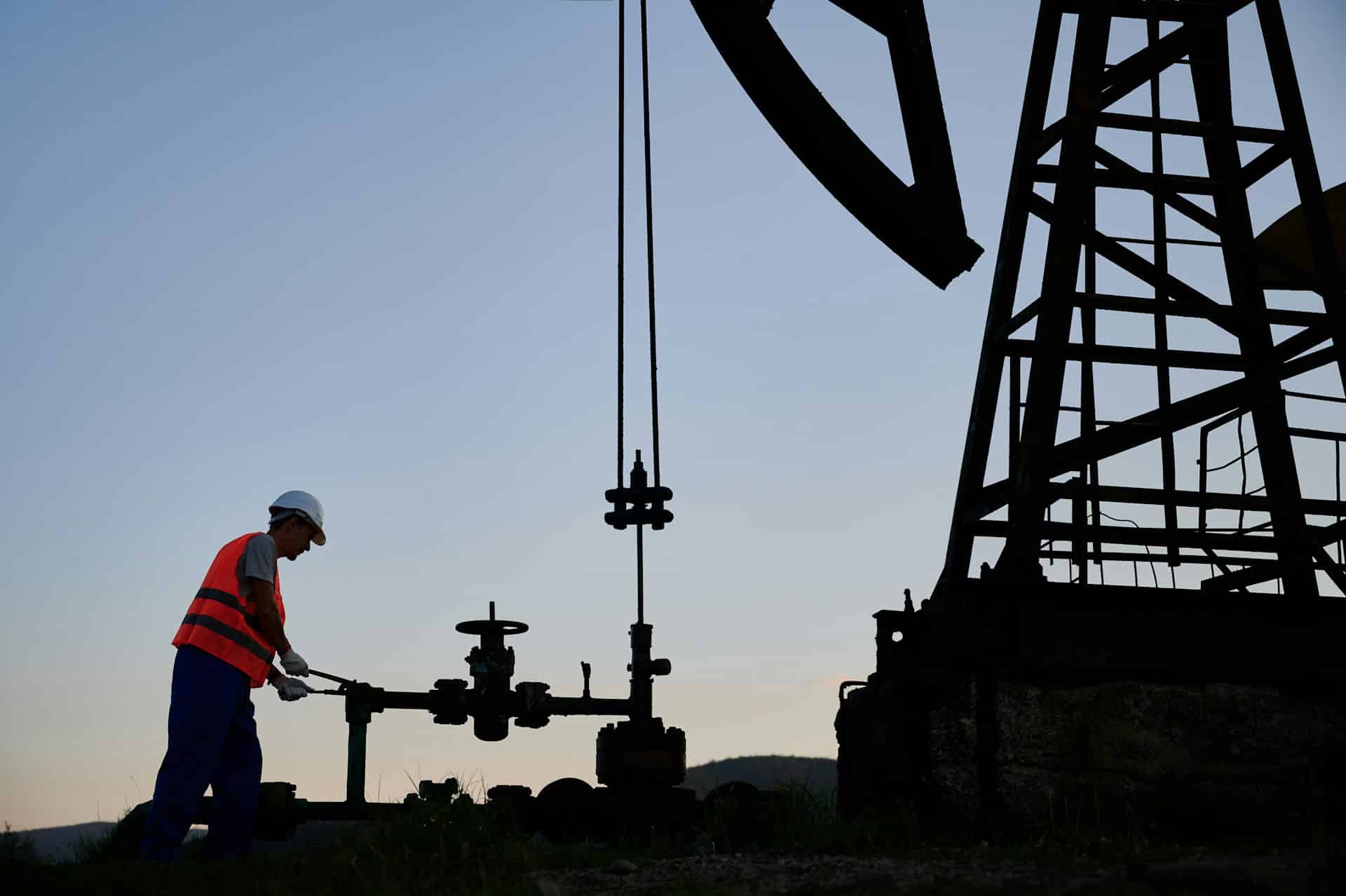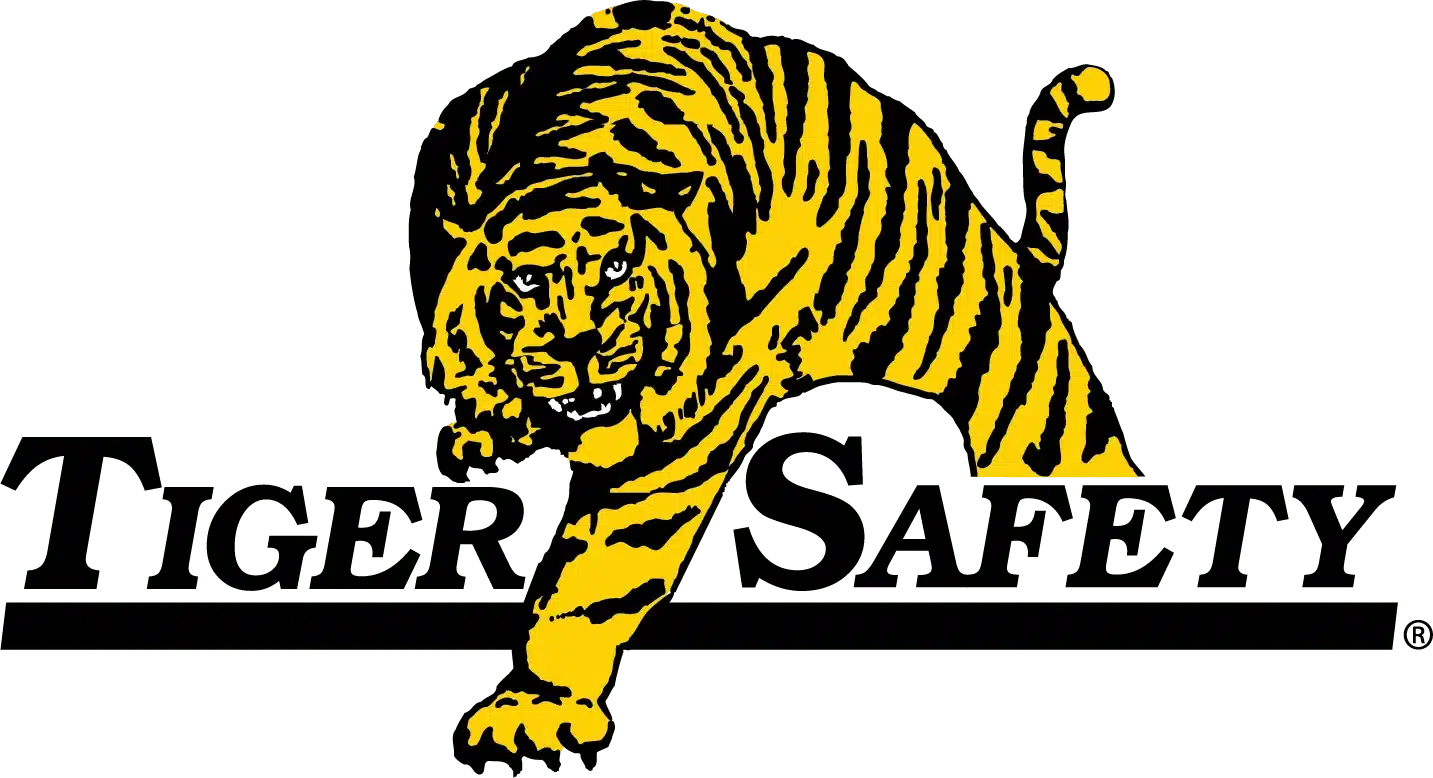In the oil and gas sector, work is often performed at heights – be it on drilling rigs, platforms, or derricks. Ensuring the safety of personnel while working at such heights demands robust fall protection systems to minimize the risks of falls and accidents. Implementing appropriate fall protection measures is not only crucial to maintaining worker safety but also a regulatory requirement mandated by authorities like OSHA.
This comprehensive guide will explore the different aspects of fall protection systems suitable for oil and gas operations, and discuss best practices for implementation, training, and maintenance. From information on specific equipment to key strategies for promoting a safety culture, this article will provide valuable insights on enhancing safety for oil and gas employees working at heights.
I. Identifying Fall Hazards in the Oil and Gas Industry
A. Recognizing High-Risk Work Areas: The first step in managing fall hazards is to identify high-risk work areas across your operations. Understanding which worksites and tasks present the risk of falls will help implement appropriate fall protection measures, ensuring the safety of your workforce.
B. Fall Hazard Assessment: To effectively mitigate fall hazards, a thorough fall hazard assessment must be conducted. The assessment process should identify potential fall risks, determine the proper equipment needed, and help develop suitable safety protocols for working at heights in the oil and gas sector.
II. Components of an Effective Fall Protection System
A. Passive Fall Protection: Passive fall protection, such as guardrails, netting, or barriers, can provide a safe working area without workers needing any additional personal protection equipment (PPE). Installing such systems on elevated work platforms, rig floors, or walkways can help prevent falls and enhance employee safety.
B. Active Fall Protection: Active fall protection systems require workers to use specific PPE like harnesses, lanyards, and self-retracting lifelines. Understanding the different types of active fall protection equipment and training your workforce on their proper usage is crucial for safety in the oil and gas industry.
III. Selecting the Right Fall Protection Equipment
A. Compatibility with Oil and Gas Operations: When choosing fall protection equipment, it’s essential to ensure compatibility with the unique challenges and conditions prevalent in oil and gas operations. Selecting equipment designed for harsh environments, like corrosion-resistant materials, can ensure the longevity and effectiveness of your fall protection systems.
B. Compliance with Safety Standards: Having equipment that complies with established safety standards such as OSHA or ANSI is vital in maintaining a safe working environment and avoiding potential non-compliance penalties. Be sure to invest in certified fall protection equipment that meets or exceeds regulatory requirements.
IV. Proper Usage and Maintenance of Fall Protection Equipment
A. Regular Inspections: To guarantee the effectiveness of fall protection systems, companies should conduct regular inspections of equipment for signs of wear, damage, or degradation. Implementing a schedule for routine checks can help identify issues early, allowing for timely maintenance or replacement of fall protection equipment.
B. Equipment Storage and Care: Proper storage and care of fall protection equipment are crucial in ensuring its longevity and effectiveness. Workers must be trained on the correct procedures for cleaning, storing, and maintaining their fall protection gear to keep it in optimal condition.
V. Fall Protection Training and Certification
A. Comprehensive Training Programs: Providing comprehensive fall protection training to workers involved in oil and gas operations is essential for a safe work environment. These training programs should cover hazard identification, equipment usage, safety procedures, rescue protocols, and any other relevant fall protection topics.
B. Certification and Competency: Ensuring that workers are certified and competent in working at heights is vital to maintain safety standards in the oil and gas industry. Regular refresher training and competency assessments can help keep employees up-to-date on safety practices and boost their confidence while working at heights.
VI. Emergency Response and Rescue Planning
A. Developing Rescue Plans: As part of an effective fall protection system, companies must develop and implement rescue plans for potential fall-related incidents. These plans should outline the roles and responsibilities of rescue personnel, communication protocols, and steps to be taken for a swift and safe response in emergency situations.
B. Rescue Training: To facilitate a rapid response to fall-related emergencies, workers and designated rescue personnel should be adequately trained in rescue techniques. Holding regular drills can help employees familiarize themselves with the equipment, procedures, and protocols necessary in the event of a real emergency.
VII. Promoting a Safety Culture and Employee Engagement
A. Encouraging Safe Work Practices: Fostering a strong safety culture in the workplace can significantly contribute to preventing falls and accidents. Leadership and management should actively demonstrate their commitment to safety and encourage workers to prioritize it in their daily tasks.
B. Employee Engagement and Open Communication: Involving workers in safety discussions and decision-making can contribute to a more engaged workforce. By creating an environment where employees feel comfortable sharing concerns, ideas, and best practices related to fall protection, the overall safety culture within the organization can be strengthened.
VIII. Fall Protection Regulations and Compliance in the Oil and Gas Industry
A. Understanding Regulations: Companies operating in the oil and gas sector should be familiar with the federal, state, and industry-specific regulations related to fall protection. Regulations, such as those issued by OSHA, aim to ensure that workplaces adhere to established safety standards and best practices when working at heights.
B. Striving for Compliance: Maintaining compliance with fall protection regulations is not only a matter of avoiding penalties and fines but also a commitment to ensuring the safety and well-being of your workforce. By staying current with the latest requirements and adapting your fall protection systems accordingly, you can develop a robust safety program for your organization.
IX. Importance of Accident Prevention and Reporting
A. Implementing Preventive Measures: To mitigate the risks associated with working at heights, oil and gas companies should invest in preventive measures, such as regular audits and inspections, safety training, and hazard assessments. By proactively addressing potential fall hazards, you can reduce the likelihood of accidents and injuries.
B. Reporting and Investigating Incidents: In the event of a fall-related incident, timely reporting and investigation are crucial for identifying the root cause and taking corrective actions. Encouraging workers to report near misses, accidents, and unsafe conditions can help improve safety standards and prevent future incidents.
X. Reinforcing Fall Protection Safety with Toolbox Talks
A. Regular Safety Discussions: Engaging workers in regular safety discussions, like toolbox talks on fall protection, can help reinforce the importance of adhering to safe work practices and complying with established protocols. Toolbox talks can cover various topics, such as proper equipment usage, hazard recognition, or emergency response procedures.
B. Making Toolbox Talks Interactive: For effective toolbox talks, it’s essential to encourage open communication and interactive discussions. By actively engaging workers in the conversation, you can create an environment where employees feel comfortable discussing their concerns, sharing experiences, and learning from their peers.
XI. Monitoring Fall Protection System Performance and Improvement
A. Performance Metrics and Key Indicators: To evaluate the effectiveness of your fall protection systems, it is essential to establish performance metrics and key indicators, such as incident rates, near-misses, or equipment maintenance data. By regularly monitoring these indicators, companies can identify areas for improvement and make necessary adjustments to their safety programs.
B. Continuous Improvement and Regular Reviews: Fall protection safety should be an ongoing priority that is subject to continuous improvement. Conducting regular reviews and updates to safety practices, equipment, and training will help ensure that your fall protection program remains effective and aligned with industry standards and regulations.
XII. Advanced Technologies and Innovations in Fall Protection
A. Harnesses with Integrated Technology: The integration of advanced technology in fall protection systems, like harnesses with built-in load sensors, can provide real-time data on the forces applied during a fall, helping designers and engineers create safer and more efficient systems.
B. Fall Arrest Systems with Energy Absorption: Energy-absorbing fall arrest systems serve as a critical component in modern fall protection. These systems can effectively reduce the force transmitted to the worker’s body in the event of a fall, minimizing injuries and enhancing overall safety.
XIII. The Benefits of a Comprehensive Fall Protection Program
A. Reduced Accidents and Injuries: A well-implemented and maintained fall protection program helps decrease the number of falls and accidents in the workplace, ultimately ensuring the safety and well-being of your workforce.
B. Enhanced Productivity and Efficiency: A safe work environment fosters an atmosphere of trust and confidence among employees. Workers who feel protected are more motivated, productive, and efficient in their job performance, leading to an overall increase in operational success and profitability.
XIV. The Role of Management and Supervision in Fall Protection
A. Hands-On Management: A successful fall protection program relies on active engagement from management at all levels. Supervisors and managers should demonstrate their commitment to safety by participating in safety briefings, toolbox talks, and worksite inspections to help reinforce a culture of safety among their employees.
B. Setting an Example: Management should lead by example, adhering to safety standards and exhibiting proper equipment usage and behavior when working at heights. Employees are more likely to prioritize safety when they see their leaders respecting and following the same practices.
XV. Adapting Fall Protection Strategies for Offshore Oil and Gas Operations
A. Unique Challenges: Offshore oil and gas operations pose specific challenges and risks when working at heights, such as corrosive environments, high winds, and constant movement of platforms. Companies must adapt their fall protection strategies to effectively address these unique conditions and safeguard their workforce.
B. Specialized Equipment: Offshore operations require specialized equipment designed to withstand harsh marine environments and comply with industry standards. Investing in corrosion-resistant materials and durable fall protection systems is crucial for maintaining safety in offshore oil and gas operations.
XVI. Engaging the Workforce in Safety Initiatives
A. Employee Input: Encouraging employees to provide input on fall protection measures, workplace hazards, and safety procedures can help improve overall safety and morale. By actively involving workers in the decision-making process, they will feel more invested in the safety initiatives and take a proactive role in ensuring a safe work environment.
B. Recognizing and Rewarding Safe Behaviors: Rewarding employees for their diligence in following safety protocols and exhibiting safe work behaviors can further reinforce the importance of safety in the workplace. Developing a system to acknowledge and celebrate safety milestones will help maintain high safety standards within the organization.
Final Thoughts
Implementing a comprehensive fall protection program in the fast-paced and challenging world of oil and gas operations is a vital component of workplace safety. By focusing on hazard identification, worker training, proper equipment usage, and fostering a culture of safety, companies can significantly reduce the risk of falls and accidents for their employees.
Embracing new technologies, actively engaging management and workers, and staying up-to-date with industry best practices are key to successful fall protection programs in the oil and gas sector.
If you’re looking to elevate your fall protection strategies and prioritize the safety of your workforce, Tiger Safety Rentals is at your service. Our team of safety experts is dedicated to providing specialized safety services and equipment tailored to the unique needs of oil and gas companies. Contact us today to rent safety equipment, and let’s work together towards greater workplace safety and success for your organization.

